
Nature Blog, August 17, 2024
By Nina Mollicone
I did not mean to spend the entire afternoon at the Augusta Nature Education Center. I intended to take a quick walk to see the progress on the improvements along the Whitney Brook Trail (WBT). Even though the sky was hazy from the wildfire smoke from Canada, it was a beautiful August day. The temperature was perfect, and the wildflowers were coming up along the trail, again.

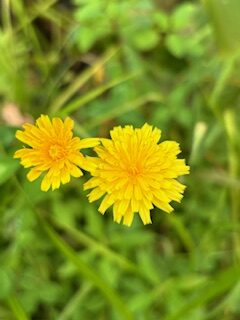
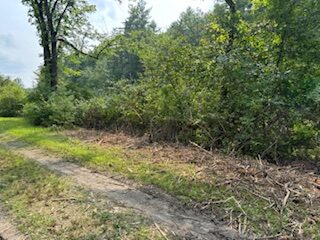
I say “again” because, as you may have noticed, the flowers, shrubs, and even trees along both sides of Whitney Brook Trail were cut off a couple of weeks ago. The cutting was a collaborative project among the school, the city, and the Nature Education Center, to improve trail conditions for both school and public use.
The Cony running track weaves though the Nature Center, including along the WBT trail, which can be very muddy at times. With heavy rain, water overflows the trail in places. The trail near Middle Bridge washes out yearly and needs repairs. Due to its condition, WBT was no longer safe for the Cony athletes or for holding track meets.
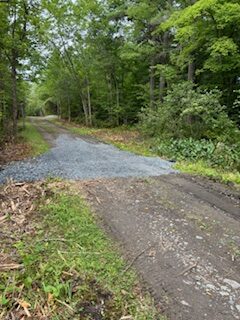
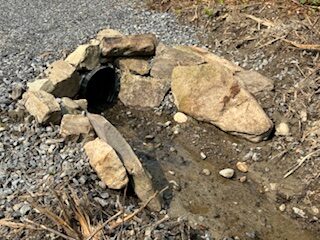
The purpose of the WBT project is to improve overall conditions of the trail to make it easier and safer for all walkers and runners, be they dog walkers, nature enthusiast, or students. New culverts are in place to help with water runoff. Luc has hauled in and positioned heavy rocks to make the water flow more efficient. Low areas have new gravel fill. Shrubs and trees have been cut back to keep them from encroaching on the trail (i.e., the road Augusta Public Works uses to access its sewer system.)

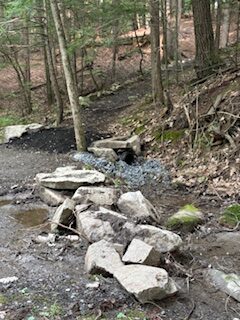
I admit, I was shocked when I first saw the amount of clearing and cutting. I had gone to admire the wildflowers and there were none. They had been cut off, as had the trailside thickets of invasive honeysuckle and multiflora rose. There are always pluses and minuses of machine (or any) clearing. A negative is that it removes wildlife habitat. A positive is that it removes the invasive species much quicker than our two caretakers ever could by hand. Clearing the invasives will make space for native shrubs and plants to come in. The tiny evergreens that Luc planted a year or two ago that were lost in the bushes are now visible. I am hoping that the various dogwood species and the arrowwood that already grows in the Nature Center will spread. The berries from these provide food for the birds. Perhaps, we will even get elderberries.
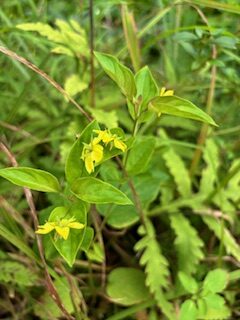
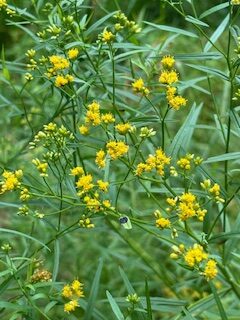
It has only been two weeks, and the flowers and plants are starting to come back to the cut area, already. Luc has done much clean up and the trail sides are looking much better. I hear Cony is hosting a track meet with multiple schools at the end of August. Yes, it was shocking, initially, to see the cutting and clearing. But, as Jane, our Augusta Nature Club treasurer and caretaker-helper said, “Nature has a way of healing itself.”
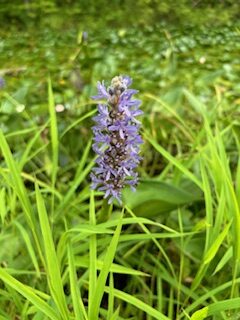

SEPTEMBER IS UPON US
Nature Blog, September 8, 2024
by Nina Mollicone

Summer is coming to an end. September is upon us. The days are still warm but the evenings are cooling off rapidly. Goldenrods and flat-topped aster are in full bloom. Soon, my favorite, the purple heart-leafed aster will be in bloom. To me, there is little more beautiful than a large stand of this aster in full bloom. It grew around the bases of the massive elm trees at my grandparents farm in East Bethel.
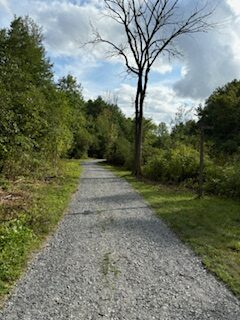
The Whitney Brook Project is finished. Cony held a very successful multi-school track meet at the end of August. The improvements to the Whitney Brook Trail allowed this to happen. Kudos to the school, the city, and the Augusta Nature Club for their collaboration on this project.
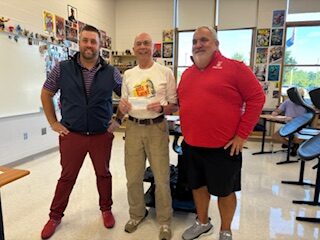
On September 3rd, Luc Pepin, presented the Cony Boosters with a check from the Augusta Nature Club for $3000 to be put towards the cost of the improvements. Luc, one of two caretakers for the Augusta Nature Education Center, has done a tremendous amount of work on the improvement project and continues to work on improving and maintaining trails and the center.
Our other caretaker, Rose Rodrigue, continues to work on obliterating the invasive bittersweet. At this time of year, bittersweet produces orange berries that birds like to eat. Because the berries are attractive, they are often used in making wreaths. Both birds and people unintentionally spread bittersweet, birds through their droppings which contain the seeds, and people, when they discard the wreaths with the berries after the holiday season is over.
The leaves will be changing color soon. As beautiful as the maples turn with their red, orange, and yellow colors, my favorites are the oaks and beeches which come after the maples. Every fall, I am awestruck by the beauty of the hillsides awash with russets and golds along by Cooper Spring on the back road between Paris Hill and Buckfield. You don’t need to travel the back roads of Maine to see the colors, though. Just take a walk in the Augusta Nature Center in the fall when the leaves are changing. It is a delight to the eyes.
Copyright by Nina Mollicone, 9/8/2024
